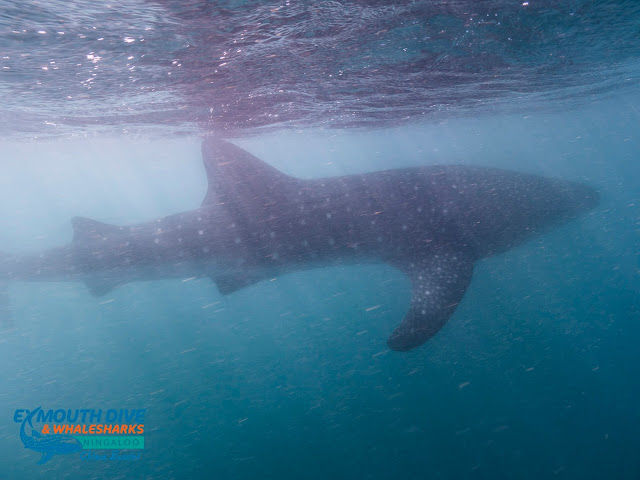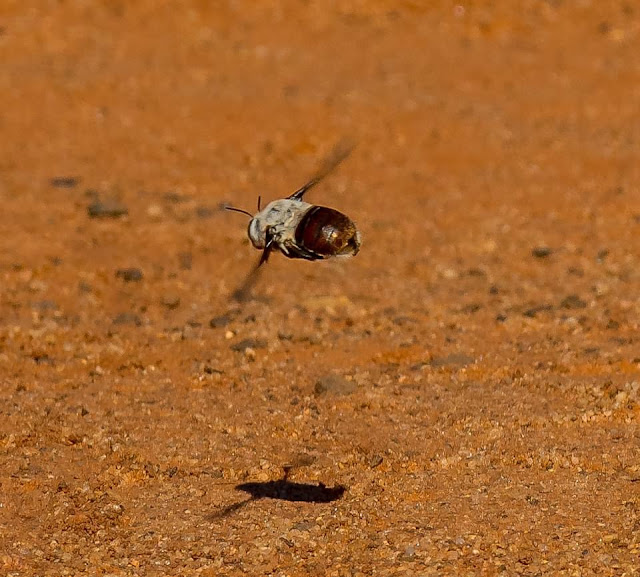Flora and Fauna Fables
'Hoo-Roo' loyal readers. Yes yes it's been a while; a blessing maybe?
Look away now .... but yes the heat has sapped the energy! And I've had to wrestle the laptop away from Von and run across the campsite to our dear friends' air-conditioned caravan! Dennis spotted this plan and is currently sprawled out next to me. Jenny & Ronni have gone up to Cape Leveque for the night as they also have a 4wd and a tent, hence the caravan being available!
I had a dilemma as to the topic for today. I'm conscious that too much information about the hot sunny weather, the white sandy beaches, and the blue blue sea might just tip all those currently in 'Lockdowns' over the edge. As it is, those on Facebook are suffering our beach-fest anyway, together with our weekly singing spot.
We have wandered further up the West Coast of Australia and are currently in Broome; so from the Pilbara Region to the edge of the Kimberley. Along this route we have encountered much flora and fauna which have fascinated, amazed, intrigued. Between myself, Von and Dennis we have come up with a short list of 7 specific noteworthy things.
1. Whaleshark.
Without a doubt this has been a particular highlight for me.
It was a risk to book at this particular time of year as the peak season is around April/May so during my first snorkel experience the Whaleshark failed to make an appearance. I gambled at using my voucher for the no-show, and booked for later in the week. It paid off in spades....I was one of 20 people on the boat and we were split in to 2 groups of 10 with a guide. A spotter plane are used to locate the Whalesharks. These beasts (the whalesharks not the spotter planes) are usually pretty big and swim close to the surface and so, tend to be very obvious. Visibility wasn't perfect but our allocated plane spotted Wally pretty quickly (*Wally the Whaleshark is not his actual name).
Some quick facts; whalesharks are between 5.5m and 10m long; although the biggest ever recorded one was over 18m!! They are a filter feeding carpet shark and can dive down over 1000m which means they are very difficult to tag and thus, monitor. They reach maturity at 30years old and can live up to 100years. The term 'Whale' shark is an interesting one as they are not a whale or shark in our lexicon (Jaws), but actually a VERY BIG Fish. It is thought they were named for their size and appearance.
Wally was around 8 metres long and was moving fairly slowly. We were given the order to snorkel up and then, having dropped in to the ocean just ahead of Wally, we had to form a line with the guide. A large dark shape was seen swimming towards us, and then the instruction came "put your heads in the water"...simple as that! Looming out of the gloom came this big spotty fish !!! The guide had said that at this point everyone on their first look then forgets to swim alongside it.....and she was right! Amaaaaaaaazing! They look slow until you try to keep up. In total, my group of 10 jumped in and out of the boat 6 times to swim alongside this amazing creature.
It is all very strictly regulated and the boat is only allowed 60 minutes of contact time with the Wally (or his mates) and you're not allowed to be within 3m of them or touch them, which, with the tidal flow, was sometimes difficult to achieve. Thankfully, the company always has a marine photographer in the water so no requirement for underwater GoPro's etc. Snorkelling is the only way in which you can see the Wally as the bubbles created from scuba gear will only upset them as they think it's plankton.
It was an amazing day and at some point I will look through all the USB of 100 photos! Thanks goes to Irene in Kangaroo Valley who took delivery of the USB and managed to send me a few photos for you all.
How does Dennis follow that one?
2. Red Dog - The Pilbara Wanderer.
It comes as no surprise that Dennis picked a Dog for his 'fauna fable'!
Red Dog is the stuff of legend and the British author Louis de Bernieres wrote a book based on him. They even made a movie about Red Dog in 2011; much of which was shot in this area of the Pilbara. He was a Kelpie/Cattle dog cross that was well known in the area for his travels. He had a series of owners, and lengthy periods of travelling on his own. He became a mascot in the Pilbara region and in particular Dampier. He died aged 8 years and the town erected a statue in his memory. Given Dennis' penchant for posing with dog statues we felt it only right and proper we visited this one.
3. The Sandfly.
An interesting choice for Von; so I'll leave that one with her.........
Sandflys (or Itchus Maximus to give them their Latin name)(also known as midgies), had not made their presence felt much on our journey in 2021; a period of absolute bliss. Then we arrived in Onslow... Words cannot describe the fervour in which these small, inconsequential looking, beasties attacked. By day and by night. In wind and in still air. In shadow and full sunshine. The sandflies were unrelenting. After just a day we looked like we had smallpox and the attacks did not lessen. Every type of repellant was used, even the 80% Deet jungle formula which not only (supposedly) keeps bitey things away but also melts plastic. Should we be worried. Eventually, we found this (sort of) helped:
...is very effective at stopping the sandfly from biting. By this stage if someone had told me to drink neat bleach to keep them at bay I would have been reaching for the Domestos. However, the benefit of the Palmer's is that it actually smells lovely and good for the skin too! Whilst the Palmer's is good for sandfly it's not great against flys and mozzies. For those things I need this:
And if I am also treating old bites then I need to rub this on too:
4. The Burrowing Bee.
Yep a Bee made it into the list...but not just any ordinary Bee. David Attenborough got very excited about them on one of his documentaries. Von, Sharon and Dennis initially missed this phenomenon, well when I say missed it, we did see them whilst on a walk along the old rail trail in Carnarvon. There were a number of mounds in the red dirt which had Bees coming in and out of them which we did discuss as we had seen something similar whilst in Kangaroo Valley. However, these ones didn't seem to be killing anything. They were behaving like Bees and collecting pollen from....
Mystery solved when we visited the Cultural Centre. These Bees are called Dawson's Burrowing Bees (Amegilla Dawsoni). They are one of Australia's largest Bees at 20mm, and nest in their thousands in early Spring. We were lucky we were there at that time as they love the arid clay pans of Western Australia. The males wage ferocious battles with one another for a chance to mate with the females. Meanwhile the females are busy making their burrows and use their tongues to achieve this! The conical shaped mound acts as scaffolding so dirt doesn't fall in to the hole they've created. They do not produce honey; the nectar and pollen is collected for their young and deposited around the eggs they lay. She makes a clay urn type shell to protect the eggs. Clever Big Bee!
5. The Birdflower ( Crotalaria cunninghamii )
Thanks to the same Carnarvon Cultural Centre we also gained more knowledge about a lovely plant that we have now identified several times along this coast. The Green Birdflower is part of the legume family. Crotalaria is Greek for rattle as the seeds rattle. And cunninghamii from the early 19thC botanist Allan Cunningham. It is a short lived perennial and blooms from January to April; found alongside coastline sand dunes and desert areas.
 |
| You can see the resemblance to a bird. |
6. Sturt's Desert Pea ( Swainsona formosa )
Clearly we are (or is it just me) favouring the architectural nature of plants. I have always liked the Sturt's Desert Pea since we first saw it back in 2012 when living in Australia. We had ventured out in our rugged off roading BMW saloon (!!!!!) on a road trip to Broken Hill. At the time they had just had lots of rain ending a drought which favours the Desert Pea.
7. Mulla Mulla ( Ptilotus exaltatus )
Another favourite flora along the way, particularly in the dry areas on cattle station stays we've been to. This plant is actually an annual herb. The flowers were used by Aboriginal people as decoration in ceremonies . The soft branches were used as linings in wooden dishes to carry children.
They can grow up to 1.2 metres in height and the lovely fluffy looking purple flowers appear from April to November which is why we are seeing loads of them. This plant has now been cultivated so you can grow them in the garden!
And that concludes the abridged list. Abridged because along the way in this flipping' BIG country there has been so much that has made us ooh and aah and sometimes just plain overwhelms us. Much of the flora and fauna is free to enjoy too..........and now, because you've hopefully read this blog to the end,...a blue sky, turquoise sea and green palm tree...






















Comments